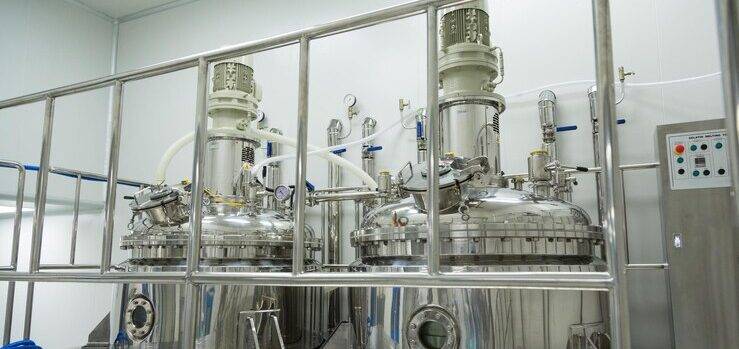Food Sterilization Thermal Processing

Food sterilization is a process that involves the elimination of microorganisms, such as bacteria, viruses, and fungi, from food products. This process is essential to ensure food safety and prevent foodborne illnesses. There are various methods of food sterilization, each with its own advantages and limitations.
One of the most common methods of food sterilization is thermal processing, which involves heating food products to a specific temperature for a certain period of time. This method is effective in killing most microorganisms, but it can also affect the taste, texture, and nutritional value of the food.
Another popular method is irradiation, which uses high-energy radiation to kill microorganisms. This method is highly effective and does not significantly affect the taste or nutritional value of the food. However, there are concerns about the potential health risks associated with consuming irradiated food.
Chemical sterilization is another method that involves the use of chemicals, such as hydrogen peroxide or chlorine, to kill microorganisms. This method is commonly used for disinfecting surfaces and equipment in food processing facilities. However, it is not suitable for sterilizing food products as it can leave chemical residues that may be harmful to consumers.
In recent years, non-thermal methods of food sterilization have gained popularity. These methods use techniques such as high-pressure processing, pulsed electric fields, and ultrasound to kill microorganisms. These methods are effective in preserving the taste and nutritional value of food products while ensuring their safety.
Food sterilization is essential for preserving the shelf life of food products. By eliminating harmful microorganisms, it prevents spoilage and extends the storage time of food. This is particularly important for perishable foods such as meat, dairy products, and fruits and vegetables.
In addition to ensuring food safety, food sterilization also has economic benefits. It reduces food waste and helps food manufacturers meet regulatory requirements for food safety. It also allows for the export of food products to countries with strict food safety regulations.
However, food sterilization is not without its challenges. The process can be energy-intensive and costly, especially for small-scale food producers. There are also concerns about the potential impact of food sterilization on the nutritional value of food products.
Read More from our latest study on Food Sterilization Equipment Market is expected to grow at the rate of 6.3% CAGR by 2026 by IHR Insights.
Conclusion:
Food sterilization is a crucial process in ensuring food safety and extending the shelf life of food products. With the development of new and more efficient methods, it is possible to strike a balance between food safety, nutritional value, and cost-effectiveness.
– Analyst Team
IHR Insights
inquiry@ihrinsights.com

